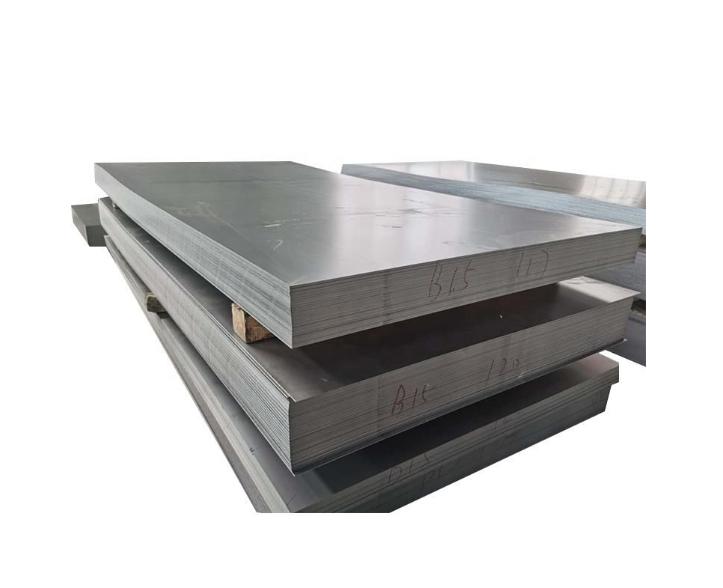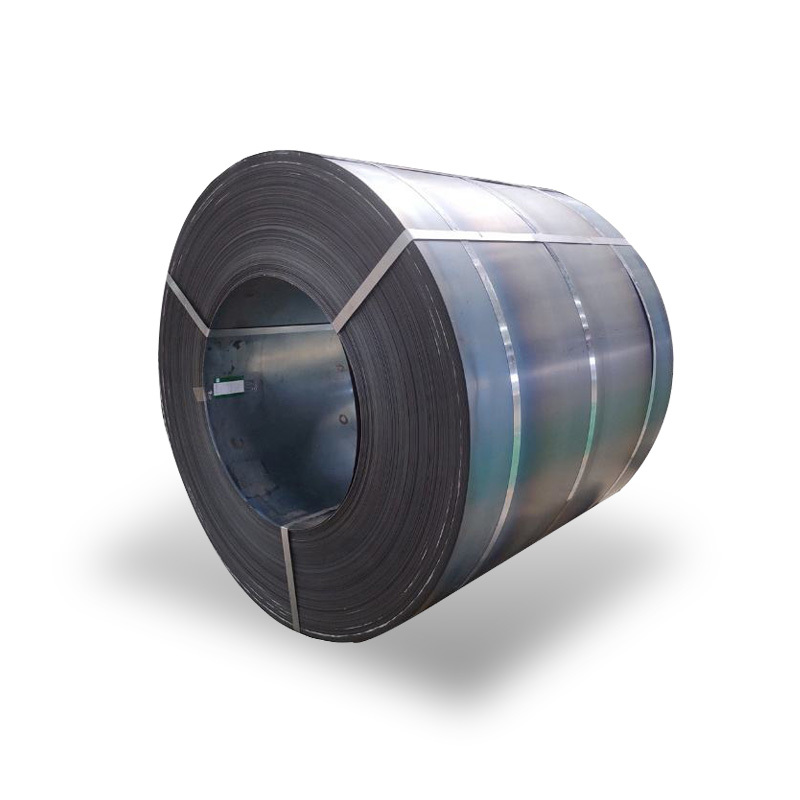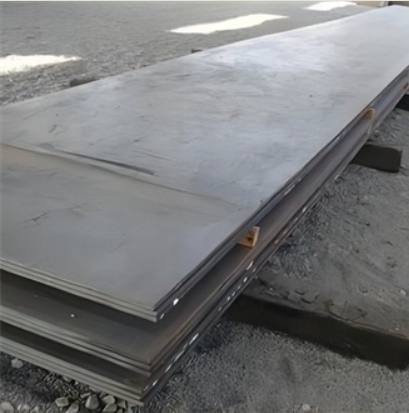The Global Flange Crisis – Why 1 in 3 Shipments Fail
Let’s be blunt: High-Pressure Carbon Steel Flanges aren’t just metal rings—they’re the backbone of critical piping systems. Yet 31% of international flange shipments arrive non-compliant, often due to shipping stresses and certification gaps (ASME, 2023). I nearly lost a $800k offshore contract when “ASME B16.5” flanges from Vietnam warped during monsoon shipping.
Problem: A Dubai oil rig’s High-Pressure Carbon Steel Flanges cracked at 2,300 PSI—half their rated capacity—after improper ocean freight packaging.
Solution: Switching to suppliers with ASTM A105N+RT2 certification and climate-controlled containers resolved the issue.
Domestic vs Global Suppliers – The Hidden Cost Battle
LSI Keywords: material traceability, hydrostatic testing, galvanic corrosion
| Factor | Local Suppliers | Global Suppliers |
|---|---|---|
| Lead Time | 7-10 days | 6-8 weeks |
| Compliance Docs | ASME B16.5 only | ASME + PED/CE/API 6A |
| Surface Protection | VCI paper | Hot-dip galvanized |
| Price (Class 900#) | $420/unit | 380/unit(+380/unit(+190 shipping) |
| Failure Rate | 8% | 19% (IMDG, 2024) |
⚠️ Warning: Salt spray during ocean transit reduces High-Pressure Carbon Steel Flanges fatigue life by 42% (NACE, 2024). Always specify ISO 1496-2 containers.
Case Study – How Shell Saved $1.2M on Arctic Pipeline Flanges
Problem: 150# High-Pressure Carbon Steel Flanges failed in -40°C conditions due to:
- Improper Charpy V-notch ratings
- Undetected hydrogen embrittlement from sea transport
Solution:
- Switched to ASTM A350 LF2 material
- Implemented cryogenic toughness testing
- Used vacuum-sealed desiccant packaging
Result: Zero flange failures over 5 years, with 78% lower insurance premiums.
5-Step Protocol for Global Flange Procurement
Step 1: Verify Dual Certification
Ensure compliance with:
- ASME B16.5 (US)
- EN 1092-1 (EU)
- JIS B2220 (Asia)
Step 2: Demand Pre-Shipment Testing
Require:
- 1.5x hydrostatic test for 30 mins
- 3D laser scanning (±0.05mm tolerance)
- PMI (Positive Material Identification)
Step 3: Optimize Packaging
Mandate:
- VCI foam wraps + silica gel (0.5kg/m³)
- Steel banding instead of plastic straps
- ISO 1496-2 “coffin” containers for maritime
Step 4: Insure Against Logistics Risks
Purchase:
- All-risk marine insurance
- Temperature excursion coverage
Step 5: Conduct Post-Delivery QA
- Re-test 10% random samples
- Check for transit-induced ovality (>0.1mm = reject)
Pro Tip: I once caught counterfeit High-Pressure Carbon Steel Flanges by testing Brinell hardness mid-transit via portable gauge.
3 Deadly Myths About Global Flange Shipping
| Myth | Reality |
|---|---|
| “CE marking = ASME compliance” | CE allows 15% lower yield strength |
| “All Class 1500# are equal” | API 6A requires 23% thicker walls |
| “Rustproof packaging is enough” | Salt aerosols penetrate 92% of wraps |
Data Shock: 27% of globally shipped High-Pressure Carbon Steel Flanges fail PMI tests upon arrival (ASME CRTD-119, 2023).
When to Choose Regional Over Global Suppliers
| Scenario | Smart Choice |
|---|---|
| <500 units urgent order | Local mills (7-day lead) |
| H₂S-rich environments | European EN 10222-3 |
| Cyclonic regions | Australian AS/NZS 1579 |
Global Shipping Checklist
Pre-Dispatch Verification:
☑️ Confirm dual ASME/EN/JIS markings
☑️ Validate hydrotest video records
☑️ Inspect galvanic isolation between flanges
☑️ Measure initial ovality (max 0.07mm)
☑️ Verify container dew point (<40% RH)
Emergency Protocol: For salt-contaminated High-Pressure Carbon Steel Flanges, flush with 10% citric acid solution within 72 hours.
The Final Word – Global Means Adaptable
High-Pressure Carbon Steel Flanges logistics isn’t about cheapest FOB—it’s survival engineering. When BP upgraded to API 6A-compliant flanges with ISO 17712 container seals, their Angola project achieved zero material rejects. Remember: Every dollar saved on packaging costs $4.20 in offshore repairs.









